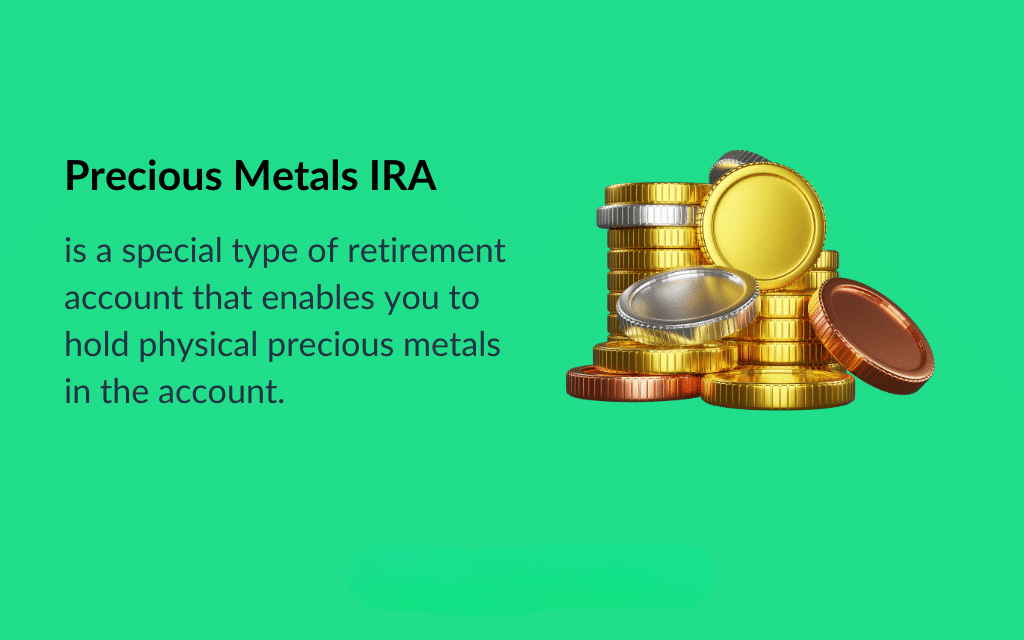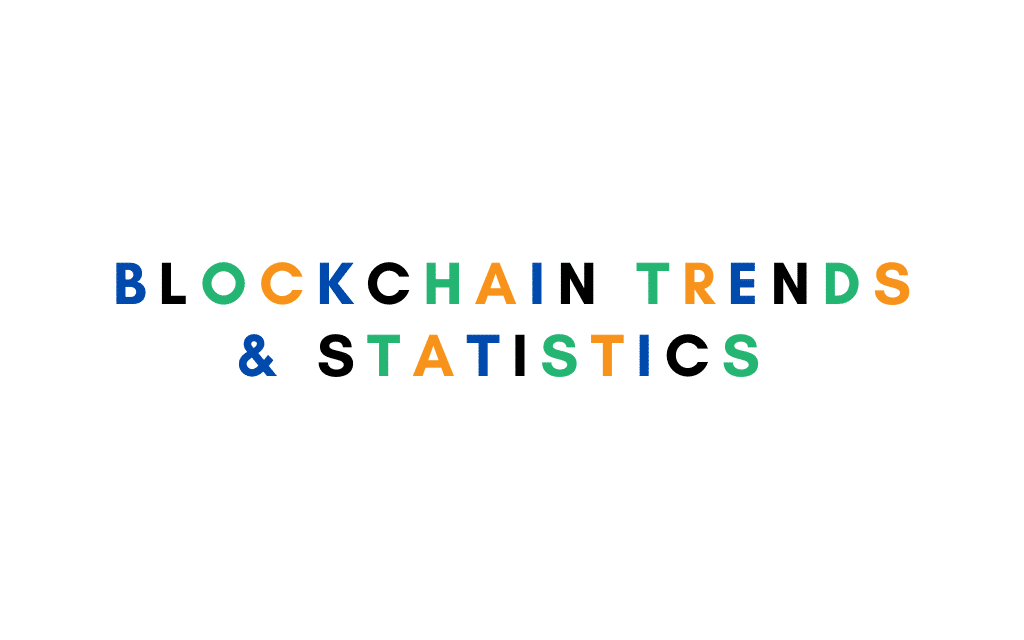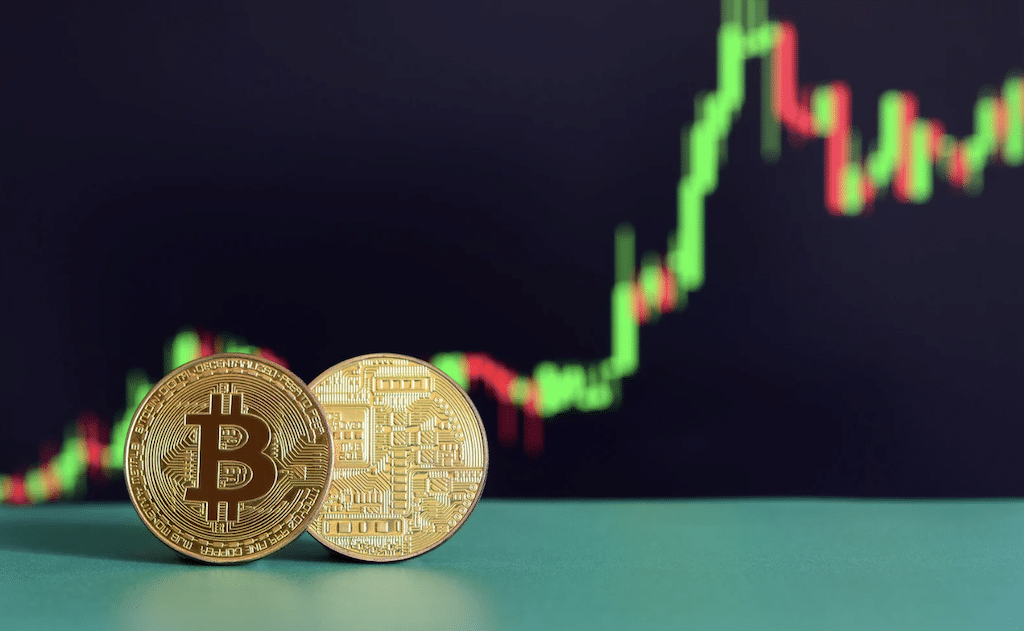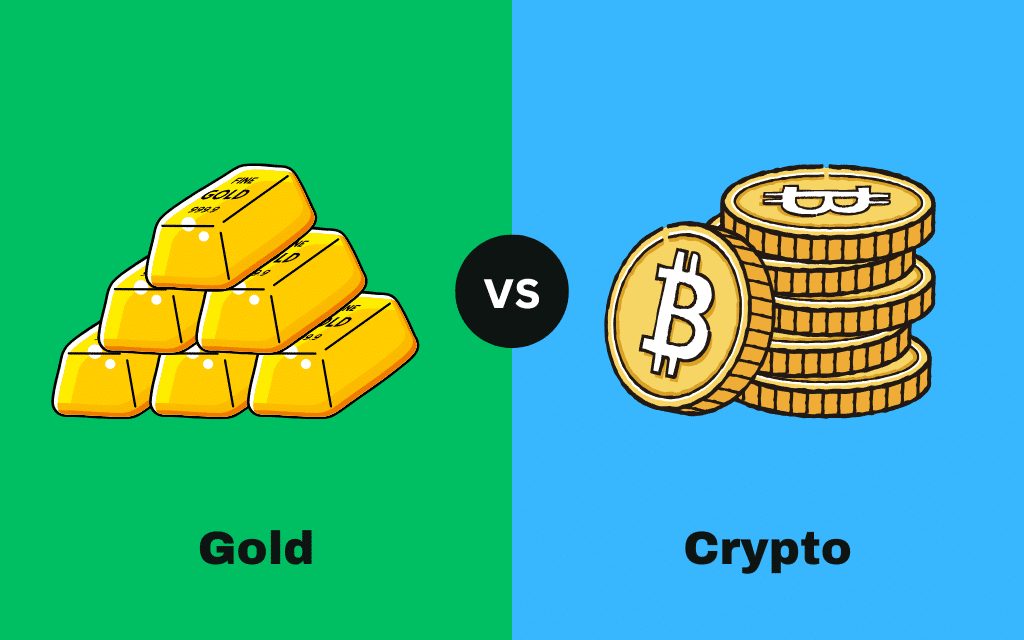Key Takeaways
- A precious metals IRA lets you hold physical gold, silver, platinum, or palladium in a self-directed retirement account.
- IRS rules require using an approved custodian and secure depository—home storage is not allowed.
- Precious metals IRAs can diversify your portfolio and hedge against inflation but come with higher fees and no income generation.
- Following IRS rules and choosing a reputable provider is key to avoiding penalties and scams.
A precious metals IRA can add hard assets, like gold and silver, to your retirement portfolio mix.
Investing in precious metals through an IRA is a popular way to diversify retirement savings and include physical metals such as gold and silver in your account.
After reviewing multiple precious metal IRA companies, we are providing this overview of what it is and how the process works.
A precious metals IRA is not for everyone, because it does involve more fees than is the case with traditional retirement accounts.
However, these accounts may offer potential tax benefits, such as tax-deferred growth and possible deductions, making them attractive for some investors.
But if you want to better protect your retirement savings from various forms of crisis, read on to learn how you can set up a precious metals IRA for that purpose.
What is a precious metals IRA?

A precious metal IRA, sometimes referred to as a gold and silver IRA, is a special type of retirement account that enables you to hold physical precious metals in the account.
It works within the framework of a special type of IRA, known as a self-directed IRA (SDIRA), that enables the owner to invest in alternative assets, like precious metals, private investments, and even real estate.
Unlike a traditional brokerage account, which is used for trading stocks, bonds, and mutual funds, a gold IRA is designed specifically for holding approved physical precious metals under strict IRS regulations.
Gold IRAs and precious metal IRAs are specialized retirement accounts designed for holding physical precious metals such as gold, silver, platinum, and palladium.
The reason for using an SDIRA is that IRA accounts held with banks and brokers do not hold physical precious metals.
How does a precious metals IRA work?
A precious metals IRA is a special type of retirement account that lets you invest in gold, silver, platinum, or palladium.
Instead of opening the account through a regular bank or investment firm, you’ll work with a trustee that specializes in self-directed IRAs.
This trustee helps you manage the account and buy the metals. Your metals are stored in a secure facility called a custodian.
You can’t keep the metals at home—they must stay with the custodian unless you take a withdrawal.
The account works like a traditional IRA in many ways. You can contribute up to $7,000 per year, or $8,000 if you’re 50 or older (as of 2025).
These contributions usually come from earned income and may be tax-deductible.
| Year | Contribution Limits |
|---|---|
| 2024 | $7,000 ($8,000 if you’re age 50 or older) |
| 2025 | $7,000 ($8,000 if you’re age 50 or older) |
Any growth in your account is tax-deferred. You won’t owe taxes until you start taking money out, usually after age 59½.
If you withdraw early, there may be a 10% penalty on top of regular income taxes.
Types of Precious Metals IRAs
You can open a precious metals IRA as either a traditional IRA or a Roth IRA.
- With a Roth IRA, your contributions are not tax-deductible.
- But when you take money out in retirement (after age 59½ and at least 5 years after opening the account), you won’t owe federal income tax on those withdrawals.
One big benefit of a Roth IRA is that it doesn’t require minimum distributions during your lifetime. That means you can leave your money in the account as long as you want.
If you’re self-employed, you may also be able to open a SEP IRA or SIMPLE IRA, which allow for higher contribution limits.
However, keep in mind that not all IRA custodians for precious metals offer these options, so be sure to ask in advance.
What precious metals are allowed in an IRA?
You can hold precious metals in an IRA, but they must meet specific IRS rules.
Not all gold and silver are allowed. The metals must meet purity standards and come from approved manufacturers or national mints.
Here are the minimum purity requirements:
- Gold: 99.5% pure or higher
- Silver: 99.9% pure or higher
- Platinum: 99.95% pure or higher
- Palladium: 99.95% pure or higher
Only bullion is allowed—this includes certain bars and government-issued coins like:
These are valued based on their metal content—not as collectibles.
You can’t hold rare or numismatic coins in your IRA. That’s because their value is based on rarity or condition, not just the metal itself.
To keep your IRA compliant, always buy metals that are approved and meet IRS standards.
Pros & Cons of a Precious Metals IRA
Thinking about adding gold or silver to your retirement account?
Here’s what to know before you open a Precious Metals IRA.
Pros
- Real, tangible assets: Gold and silver aren’t tied to any company or government. They can’t go bankrupt or default.
- Protection in tough times: Precious metals often hold their value during market downturns, helping balance your overall portfolio.
- Flexible withdrawals: You can take your money out as cash—or as physical gold or silver.
- More investment choices: Once your self-directed IRA is open, you may be able to add other assets like real estate or private equity.
- Tax benefits: Like a traditional IRA, you won’t pay taxes on gains until you take money out.
Cons
- Higher minimum investment: These IRAs often require you to transfer or roll over funds from another retirement account.
- More fees: You’ll pay extra for account setup, storage, and insurance because your assets are physical.
- Not all companies are trustworthy: It’s important to research the custodian and gold IRA company before you invest.
A precious metals IRA can be a smart way to protect your savings—but it’s not for everyone.
Make sure it fits your retirement goals before you move forward.
How to Open a Precious Metals IRA
Opening a precious metals IRA is a bit more involved than a regular IRA, but it’s doable with the right guidance.
Here’s how it works:
Step 1: Research trusted gold IRA companies
Not all companies offering gold or silver IRAs are well-known, so it’s important to do your homework.
- Look for reviews on sites like Better Business Bureau (BBB), Trustpilot, and Google.
- Compare several companies. Pay attention to what metals they offer and what fees they charge.
Step 2: Choose a custodian
You’ll need a custodian to safely store your gold or silver in an approved depository.
- Some gold IRA companies will assign a custodian.
- Others let you choose. A popular option is Equity Trust Company, known for its strong reputation and BBB A+ rating.
Step 3: Start the rollover process
Most gold IRAs require a minimum investment, often $25,000 or more.
Since that’s more than annual IRA contribution limits, you’ll likely need to roll over funds from an existing retirement account.
This helps you avoid IRS penalties for early withdrawals or missed deadlines.
Work with your account specialist to fill out the paperwork.
Use a trustee-to-trustee transfer. That means funds go directly from your current account to your new gold IRA.
Step 4: Pick your precious metals
Once your account is set up and funded, you can choose what to invest in.
- Common choices include American Eagle coins, Canadian Maple Leafs, and gold bars.
- Coins are widely recognized and easy to sell later. Bars usually have lower markups (fees), but may not be as recognizable.
Step 5: Finalize your purchase
You can’t buy any metals until your funds arrive at the gold IRA company.
- Once your money is in the account, direct the company to make the purchase.
- Your metals will be sent to a secure, IRS-approved storage facility.
You can choose between:
- Non-segregated storage (your metals are stored with others, and it’s less expensive)
- Segregated storage (your metals are stored separately, but costs more)
A precious metals IRA offers protection and peace of mind in uncertain times. While the setup has a few extra steps, a good company will walk you through the entire process.
Best Precious Metals IRA Companies
One of the most important decisions involved with a precious metals IRA is choosing the right company.
Below are three we believe to be worthy of your consideration.
Goldco

Goldco has an A+ rating from the Better Business Bureau, and offers its highest buy back guarantee. They also provide a silver bonus of up to 10% of the amount of limited mintage coins purchased for a precious metals IRA.
Still another advantage with Goldco is that they work with multiple custodians – in fact, you can choose the custodian yourself.
Request Goldco’s free investors kit
Noble Gold Investments

Noble Gold Investments offers platinum and palladium bullion for your precious metals IRA, in addition to gold and silver. Not all precious metals IRA trustees offer these metals.
The company has an A+ rating from the Better Business Bureau but has more limited gold and silver options than its major competitors.
Request Noble’s free gold and silver guide
Birch Gold Group

Birch Gold Group works very similar to Goldco, but it also offers numismatic coins, if you wish to open a non-retirement account and hold such assets.
Birch Gold Group also has an A+ rating from the Better Business Bureau and has been in business since 2003. Not to be outdone, it offers a precious metals bonus of up to $10,000.
Should you open a precious metals IRA?
This is a deeply personal decision, since precious metals don’t work the way paper financial assets, like stocks and bonds do.
But they have the advantage of being an alternative asset class that often moves in the opposite direction of financial assets – especially during times of high volatility.
Precious metals IRA can enable you to hold bullion, which is an asset that cannot be defaulted on in a time of crisis.
If you have decided that a precious metals IRA is right for you, contact one of the precious metals’ trustees listed above to begin the process.
FAQs
Is a precious metals IRA a good idea?
Yes, it can be a smart way to add physical assets like gold or silver to your retirement plan, helping to balance out traditional paper-based investments.
How much of my IRA should be in precious metals?
Most experts suggest keeping precious metals to 5%–10% of your total retirement portfolio for proper diversification.
How do you withdraw from a precious metals IRA?
You can take withdrawals in either physical metals or cash; if you choose cash, your custodian will sell the metals for you.
What fees come with a precious metals IRA?
Expect a $50 setup fee, $100–$150 annual admin fee, and $100+ yearly storage fee; markups on metals typically range from 4%–8%.





